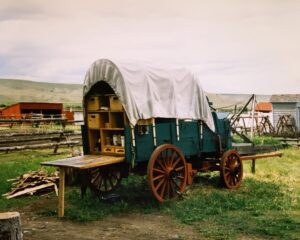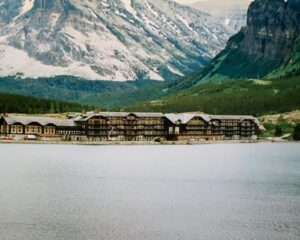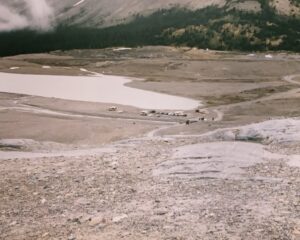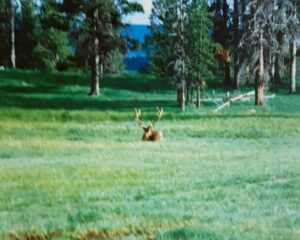My mother’s favorite national park unit was the Grant-Kohrs Ranch National Historic Site in Montana. The site was created in 1972 and commemorates the Western cattle industry from its 1850s inception through recent times. The original ranch was established in 1862 by a Canadian fur trader, Johnny Grant, in what is now Deer Lodge, Montana. The ranch was later expanded by a cattle baron, Conrad Kohrs (1866–1920). The 1,618 acres historic site is maintained today as a working ranch by the National Park Service.





